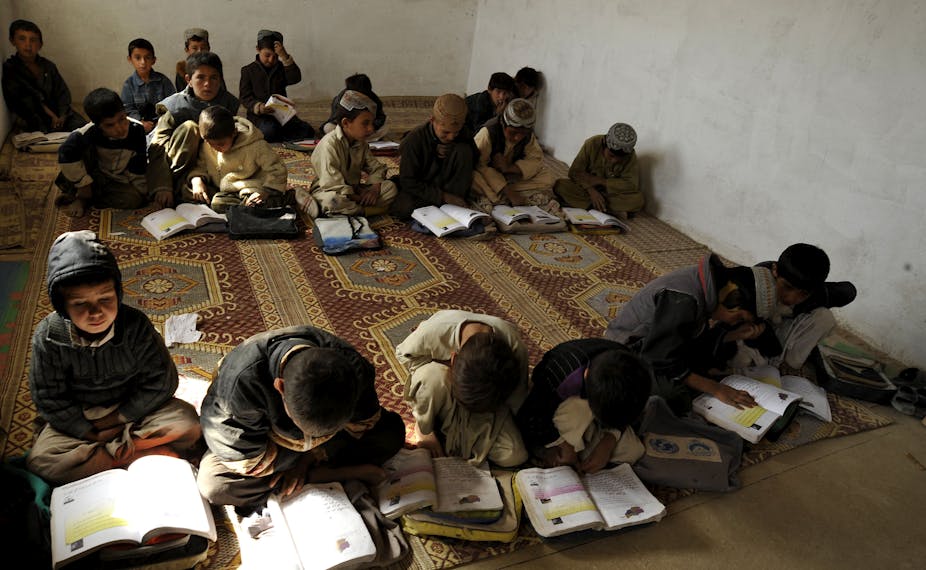For most Australians the feeling is the sooner we get out of the Afghanistan war the better. Hopefully without the loss of any further soldiers.
While it will be good to get the troops home and the government will no doubt spin the line of how successful the deployment has been, we should have no doubt that post-International Security Assistance Force (ISAF) Afghanistan will be a very difficult place. Not just in terms of the country’s obvious ongoing political fragility, but also with respect to its socio-cultural environment and in particular, the subordinate situation of women.
Recent media reports of the murders of three young Afghan women - one by her husband for working outside the home, another by her in-laws for her refusal to go into prostitution, and the third in retaliation for the rejection of a marriage proposal – are stark reminders of this.
While we shouldn’t ignore the fact that every year a number of Australian women are also killed by close family members and that ABS statistics indicate about one in six have experienced domestic violence from a current or previous partner, the Afghan cases come out of a cultural environment where the majority of the adult population considers violence against women justified in certain circumstances.
A picture of this mindset is revealed in the results of a survey recently carried out by the Afghanistan Central Statistics Organisation and UNICEF. The Afghanistan Multiple Indicator Cluster Survey (MICS) is an international household study developed to monitor the situation of women and children around the world.
One set of questions in the survey related to domestic violence, ascertaining the attitudes of women aged 15-49 toward whether husbands are justified in hitting or beating their wives in particular situations. The scenarios canvassed were: if the wife goes out without telling him, if she neglects the children, if she argues with him, if she refuses sex with him, if she burns the food, and if she wears inappropriate clothes.
The aim was to gain an indication of cultural beliefs that tend to be associated with the occurrence of violence against women by their husbands. The actual prevalence of domestic violence was not investigated, and men weren’t surveyed.
The survey results showed alarmingly high levels of acceptance of domestic violence among women. In total, 92% of the women surveyed felt their husband has the right to hit or beat them for at least one of the canvassed six reasons. Acceptance of their husband’s violence was highest for going out without telling him (78%), arguing with him (76%), wearing inappropriate clothing (63%), and neglecting the children (61%).
Almost half of the women (46%) believed violence from their husband was justified if they refused to have sex with him. Around one-third (31%) agreed violence was justified if they burnt the food.
Widening the participation of young girls in formal schooling will be one of the key ways improve well-being in post-ISAF Afghanistan. Improvements have been made in this area in recent years, but whether these gains will be maintained once the semi-security of foreign forces is no longer present remains to be seen.
It will be critical that schooling participation continues to grow (for boys as well as girls), the nature of that schooling will be equally important. It is essential that a schooling philosophy of firm gender equality be pursued, eroding current male-dominated cultural values and behaviour. All post-schooling aspects of Afghan life – economic opportunities, political participation, marriage rights – must be made gender neutral.
Achieving such change will be enormously difficult and a lengthy process, female subordination being so deeply culturally entrenched.
But without such change, Afghanistan’s human and economic potential will never be attained and the intervention efforts of the past decade in large part gone to waste.

